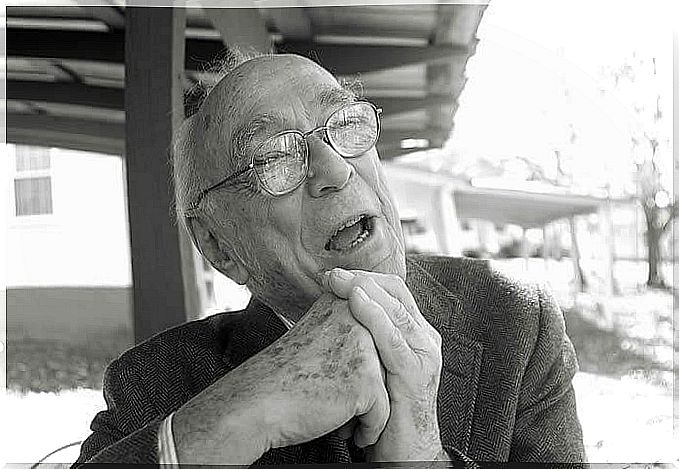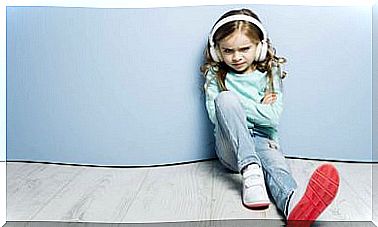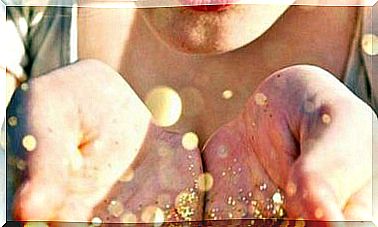What Is The Spiral Resume?

The spiral curriculum is based on the teaching methodology proposed by the Singapore Mathematical Method. Its objective is for students to deepen their knowledge in a progressive way. But how can all this be achieved?
The Singapore Mathematical Method is a methodology designed by the INE of Singapore that intended for students to learn mathematics without the need to memorize. It focuses on the why and how, with the idea that the answers help to improve the understanding of knowledge, facilitating memorization in the process.
Well, this method has a lot to do with the spiral resume. It was discovered by Jerome Bruner, a psychologist who made important contributions to the field of teaching and learning. Among them, this methodological proposal that we will discover below.

Spiral resume: from broad to deep
The spiral curriculum addresses learning in a way in which students can go from general knowledge to specialized knowledge. The way in which it achieves this is due to continuous learning that prevents concepts from easily falling into oblivion.
To achieve this, it begins with very simple concepts that will become more complicated as the students progress in learning. This is achieved since the spiral curriculum adapts to the possibilities that the students have. Thus, everyone can advance and gain a better understanding of the concepts of the subject.
However, something essential for the spiral curriculum to work is that, on a recurring basis, students return to the same general themes from the beginning, that is, broadly. What is this trying to achieve? That when they return to the deep, they are able to make different analyzes and representations of what they had previously analyzed.
What Bruner wanted with this curriculum was that the students had food for their curiosity. Inspiration to expand their knowledge, returning -with another look- to those already acquired. Thus, they themselves could reason / review the conclusions they had previously reached.
The mistakes and the dead ends
Jerome Bruner cared little for mistakes. In fact, he considered them a good way for students to learn. That is why mistakes and dead ends are welcome on the spiral curriculum.
It doesn’t matter how long it takes to learn a concept. For Bruner, the interest and satisfaction of stimulating the hypotheses of each student prevail.
Understanding that making mistakes should not produce shame, but rather be a way to reorient hypotheses and continue researching is an important learning that the spiral curriculum promotes. Undoubtedly, a different way of teaching students, but that produces very positive results.

Spiral resume example
Now that we know more about the spiral curriculum, let’s give a brief example of how learning would take place. We can start with a very simple objective for young children, such as recognizing and classifying animals.
The first point would be to classify the animals and analyze the similarities or differences in each one. Later, students could begin to become familiar with the habitats where each animal is and its behavior. Finally, the anatomy or physiology of animals would be studied.
This is very easy. As habitats are progressed, the concepts already learned will be revisited so that students can relate what they previously knew to what they have just understood. This way, they can really understand what they are studying and will be more curious to know more.
In the end, the spiral curriculum allows to work in a way where the student is allowed to think for himself, to draw conclusions and to repair mistakes. A way in which research, understanding is encouraged and the temptation to memorize concepts – without understanding them – is put aside in order to pass an exam. Do you think it would be possible to implement it in the current educational model?









